William Shakespeare's "Dover Flour Mill"
- Steve Childers

- Apr 15, 2022
- 10 min read
Updated: Jun 13, 2022
The "Dover Flour Mill" was located about where the Silver Lake boat ramp parking lot now is, just below the dam at the end of Lewis Mill Drive in Dover.


"Charles Hillyard in 1787 built a grist-mill on the St. Jones' Creek, which was used many years, and was [later] known as Sipple's Mill and Cowgill's Mill. In 1854 William M. Shakespeare purchased the Dover Mills, as they were then called, and manufactured large quantities of oak lumber in the saw-mill. The present grist-mill was built by him about 1870, and is now owned by Alexander Law, and has been refitted. Three sets of rollers have been put in, giving the mill a capacity of fifty barrels of flour per day, besides a feed-store and meal-store." (Scharf–1888)
1854 - 1881 William McIntire Shakespeare’s “Dover Flouring Mill”
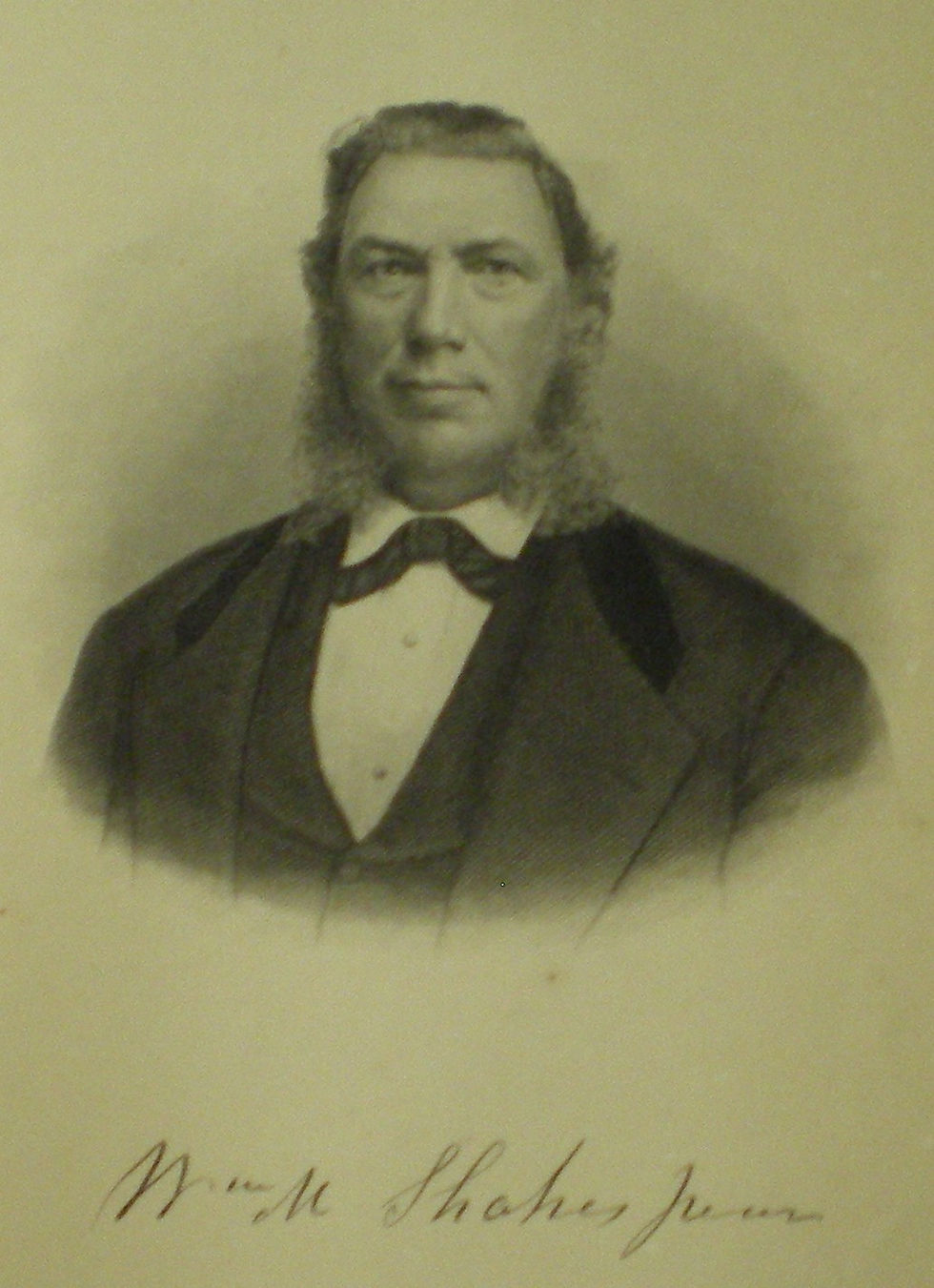
William M. Shakespheare was born in
1819 in White Clay Creek Hundred, New Castle County, Delaware. About 1846 he purchased a grist mill and saw mill in Pencader Hundred, but within eight years he realized that his water source could not support the growing demand for more production. In 1854 he sold that mill and purchased the Dover Mills from Ezekiel Cowgill. He focused a great deal of attention on the saw-mill operation, manufacturing timbers for shipyards all up and down the mid-Atlantic coast. Steady customers were the navy-yards and during the Civil War he supplied them with millions of board-feet of the heaviest timbers.
“The paralysis of maritime interests after the war and the failure of many of the ship-builders who were the customers and heavy debtors of Mr. Shakespear, together with the shrinkage in values of real estate, in which he was greatly interested about the same period, caused his financial failure.” Scharf-1888
Apparently, Mr. Shakespeare was bailed out by James A. Haverin, who in turn sold the Dover Mills in 1879 to Wm. M. Shakespeare’s son, Dr. E. O. Shakespeare, for $14,000, but the mill was still run by Wm. M. Shakespeare. Dr. Shakespeare was born in Dover and became a prominent young Philadelphia physician who, in 1886, was appointed by President Cleveland to investigate a cholera epidemic in Spain.
In May, 1880, Wm. Shakespeare and Son announced that they were going to “make their establishment into a patent process mill,” meaning that they intended to install roller mills, in addition to the five sets of millstones that were already in use.
Wm. McIntire Shakespeare died in May on May 11th, 1881 and Dr. Shakespeare put the mill up for sale. It was then bought by W. H. H. Myers, but he gave it up to Voshell and Laws in Sept. 1884 for $17,500. Alexander Laws completed the installation of the roller mills, giving it a capacity of about 50 barrels of flour per day. In the process it appears that he removed two sets of millstones. Laws was an investor and hired others to actually operate his mill.
June 21, 1883 it was announced in The Morning News that James H. Evans, who formerly had charge of Robert Lindale’s Wyoming Flour Mill, would take charge of operating the Dover Mills in the fall.
Robert H. Lewis acquired the mill in 1902 and his son Robert E. Lewis, along with his brother, Fred F. Lewis, first rented the mill from their dad. Then in January of 1913, Robert E. Lewis and his wife bought the mill for $15,000. Charles Morris managed the flour and feed store for Mr. Lewis until Morris' sudden death in July 1919 after riding his bicycle from the store to his nearby home. In 1920 Charles Phillips was the assistant miller.
On August 15th in 1919 the mill-dam washed out, but lengthy repairs were made and the mill was operating again a year later.
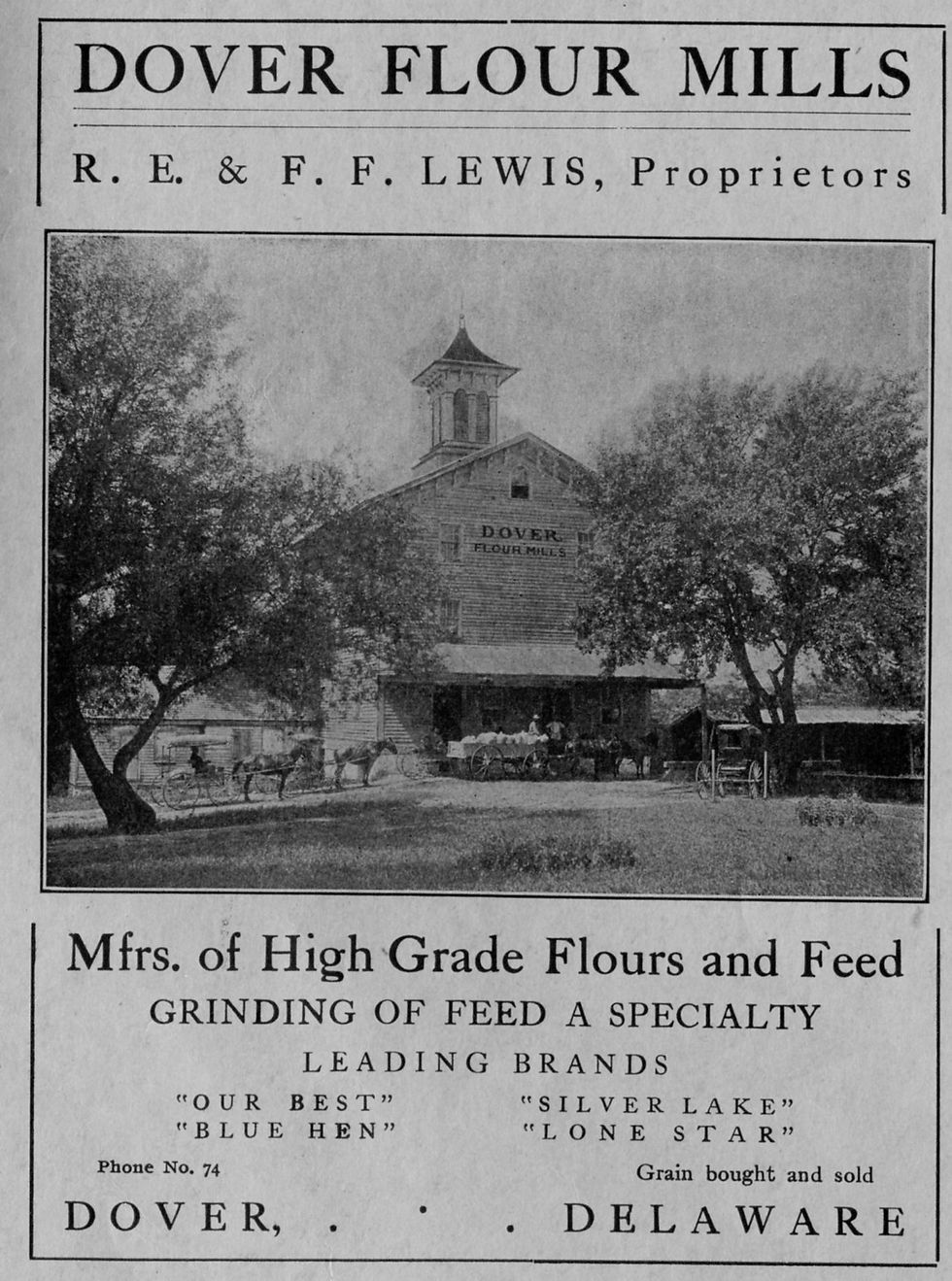
* * * * * * * * * * * * * * * * * * * * * * * * * * * * * * * * * * * * * *
From "The American Miller", dated January 1911:
DOVER FLOUR MILLS
"That's an Eastern mill, of course," the reader says at a glance, even before he reads the name so well painted on the front. It has the Eastern "air" about it - indefinable, perhaps, but appealing just the same, as if the builders had not been in a hurry to get the job finished but had taken time to put in a few architectural "flourishes" that might characterize a country that has outgrown the dash and rush of Western youth and become mindful of the simpler aesthetics in the appearance of the semi-public building.
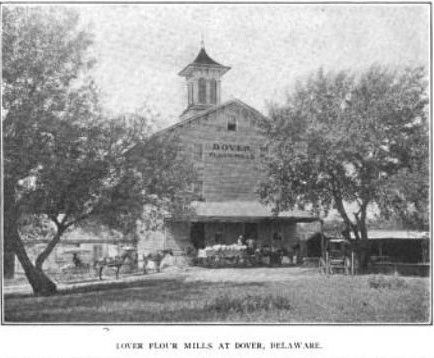
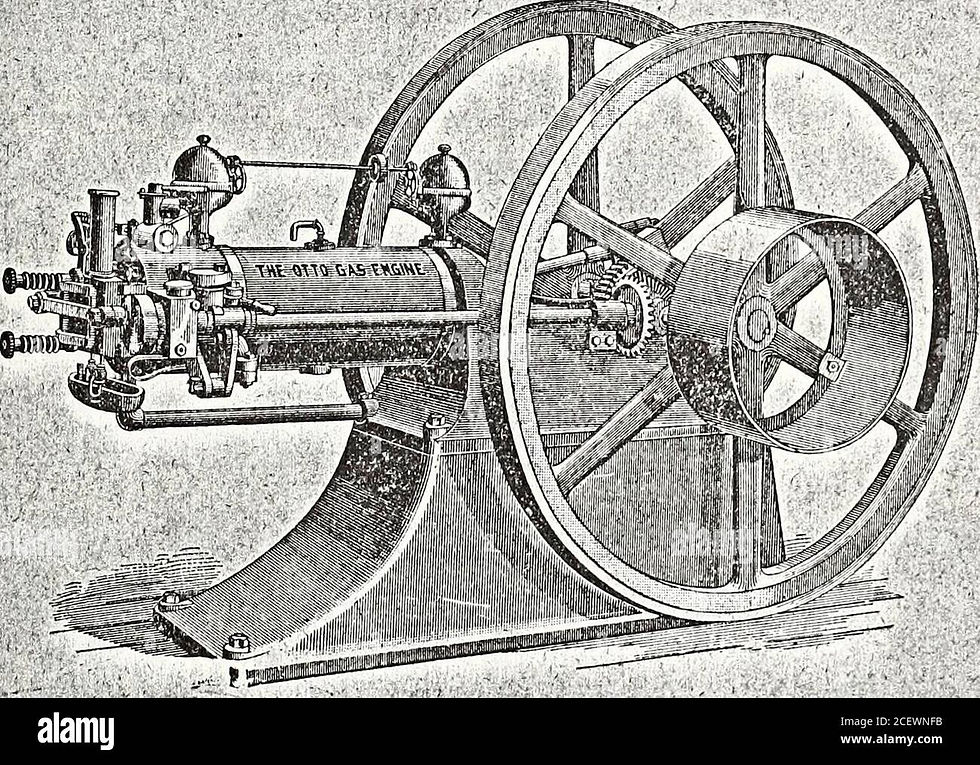
So it is no surprise to be told that the mill of the picture is located at the head of the St. Jones Creek, just outside the town limits of Dover, Del., and near the city water works. Its power is supplied by water from Silver Lake, which covers 700 acres of ground and which supplies power for ten months of the year. The auxiliary power is a 25-horsepower Otto gas engine, which is used only during the two dry months.
The mill is fitted up with Wolf machinery and turns out about 25 barrels of patent, straight and baker’s. [1] There are also two runs of stones used to grind table meal and feed of all descriptions, the mill having a fine exchange trade.
The proprietors, R. E. and F. F. Lewis, took charge of this mill eight years ago when it was really “down and out.” It had not been run one day a week on the average; but they have built up a trade to be proud of, all of which goes to show that the old mills that have supposedly passed out can “come back” if they get into the right parties’ hands."
The American Miller, Volume XXXIX CHICAGO, ILLINOIS JAN. 1, 1911 NO. 1
* * * * * * * * * * * * * * * * * * * * * * * * * * * * * * * * * * * * * *
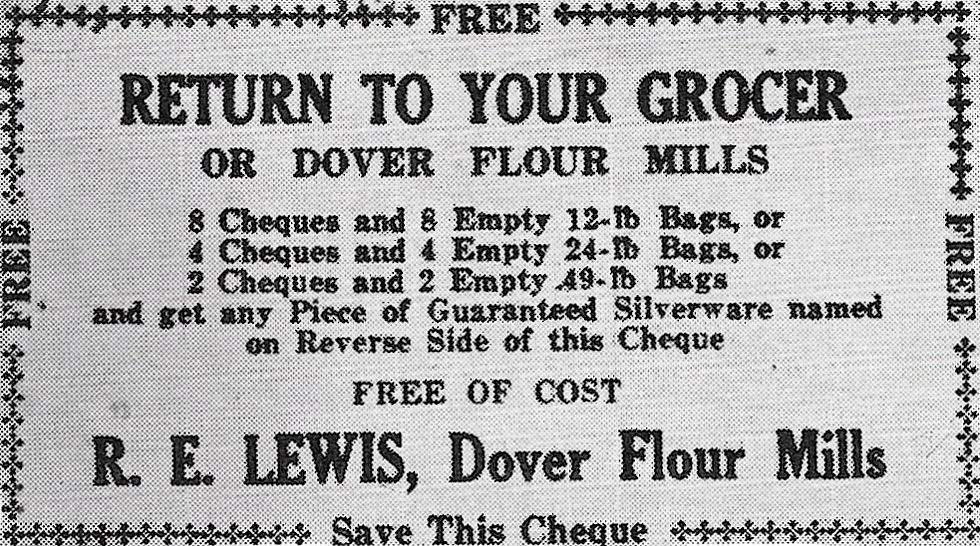
* * * * * * * * * * * * * * * * * * * * * * * * * * * * * * * * * * * * * *
Trade Notes
"The Thos. McFeely Co. of Philadelphia, Pa. reports that out of seventeen orders for the granulating machines recently received in a few days by mail and telegram, thirteen of these were repeat orders from mills already using the granulating machines. Out of the sixty recent orders, forty-two were repeat orders form old customers
The Thos. McFeely Co. has recently had a number of visitors at the mill of R. E. Lewis, Dover, Delaware, which was remodeled to their Granulating Milling System in September. All the visiting millers, without exception, say that it is the best milling they had ever seen done. Mr. McFeeley, with a prominent Maryland miller and his head miller, recently visited this mill and several other mills on the same day. Four of these mills were much newer mills than the Lewis mill and were all of larger capacity and much more complete, and his head miller assured the visitors that they were making far better flour than they had ever made before and getting from five to seven pounds more flour from each bushel of wheat. The Philadelphia company will be glad to send samples of the finished feed from this mill to any millers interested."
The Operative Miller No. 1 January, 1917 Vol. XXII Page 58
* * * * * * * * * * * * * * * * * * * * * * * * * * * * * * * * * * * * * *
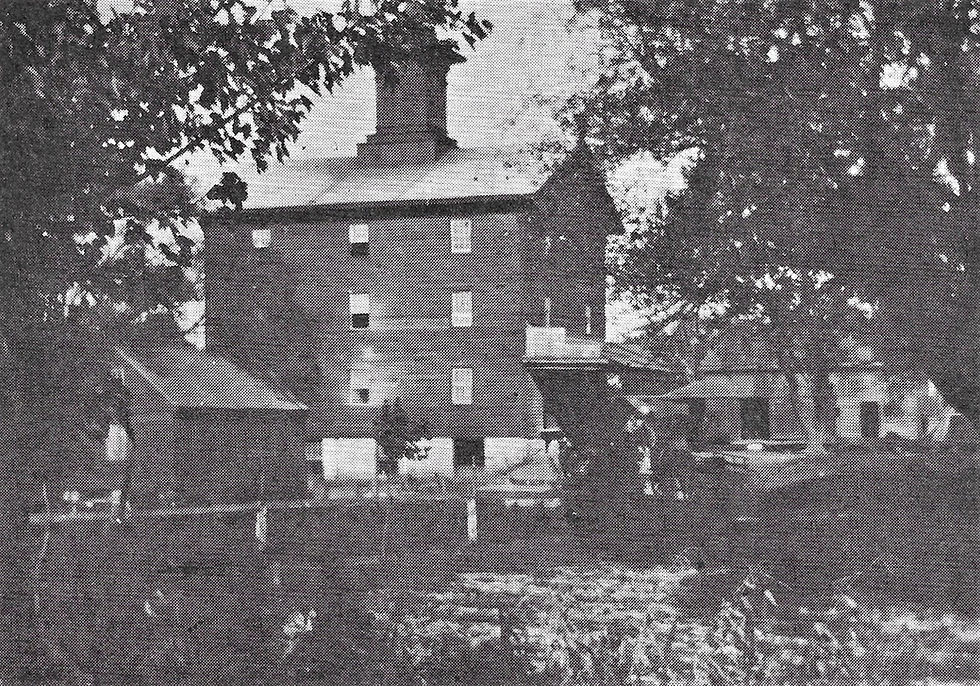
Fred F. Lewis retired, effective January 1st 1924, after 46 years of milling, 21 of which were at the Dover Mill. In February 1926 Robert E. Lewis sold the mill to Russell S. McNeil for $12,500, which included the entire 1,100 acre millpond. About 1939 McNeil stopped making flour and concentrated on grinding and mixing feed for livestock.
The City of Dover bought the property in November 1943, and auctioned off all the remaining equipment, including water wheels, general milling equipment and machinery, a large electric generator, a large boiler and misc. items, all of an estimated value of about $5,000.
Three months later in February 1944, a heavy snow, followed by rain caused flooding that washed out the neglected mill-dam. By May of that year the mill was so dilapidated that that it was sold by the city to Tieman and Burke, who tore the old mill down to be scrapped.

********************************************************************************************************************************
SILVER LAKE’S HISTORY (DOVER, Del.)
The News Journal, 1 Aug., 1995
Silver Lake, while insignificant in size, played a significant roll in ensuring Union naval superiority during the Civil War. The lake got it’s start in 1787, when Charles Hillyard built a grist mill on St. Jones Creek. In 1854, William M. Shakespeare bought the property and built a saw mill near the existing grist mill.
During the Civil War Shakespeare sold millions of board feet of shipbuilding timber to the Union government. The mill became one of the largest ship timber manufacturers on the East Coast, and vessels came up the St. Jones all the way to Division Street to load lumber.
In 1912, Silver Lake got its first concrete dam at the then-staggering cost of $12,000, thanks to the Dover Flour and Feed Mill. The property changed hands several times until 1938, when the city bought the lake. In 1943, the city bought the adjoining mill property and the dam – which promptly failed and had to be rebuilt at city expense.
The lake’s two beaches, one for blacks, the other for whites, attracted crowds of summer visitors despite its 1950s nickname of “Polio Pond.” Segregation at the beach ended in the 1960s and the former black beach east of the spillway was abandoned in the 1970s.
Today, despite frequent closures, the lake still draws an estimated 1,200 to 1,500 visitors on summer weekends and 400 on weekdays.
-J.L.Miller
***********************************************************************************************************************************
[1] Straight flour is considered a good flour to use for bread making. It is 100 percent

extraction flour. The extraction rate is the amount of flour obtained from wheat after milling, when the bran and germ are removed, leaving the endosperm, which contains most of the protein and carbohydrates. For example, based on 100 pounds of wheat, approximately 72 pounds of flour remains after extraction; the other 28 pounds is used for feed. The entire 72 pounds or 100 percent, of the remaining flour is straight flour. Straight flour is used to make patent, clear, and low-grade flours.
Patent flour is the purest and highest-quality commercial wheat flour available. Patent flour is made from the center portion of the endosperm. Patent flour is classified in five categories, depending on the amount of straight flour it obtains. Extra short or fancy and first patent flours are made from soft wheat and are used for cake flours. Extra short or fancy patent contains 40 to 60 percent straight flour. First patent flour contains 60 to 70 percent straight flour. Short patent flour made from hard wheat is the most highly recommended commercially milled flour for bread baking, it contains 70 to 80 percent straight flour. Medium patent flour contains 80 to 90 percent straight flour and is also excellent for bread baking, as is long patent flour, which is made with 90 to 95 percent straight flour. It is up to the baker to determine which of these flours best serves his or her purposes.
Clear flour is the by-product of straight flour that remains after patent flour is removed. Clear flour is graded into fancy, first clear, and second clear. Clear flour is darker in color than the other flours previously mentioned, as it is made from the part of the endosperm closest to the bran. Fancy clear flour, milled from soft wheat, is used to make pastry flour. First clear, milled from hard wheat, is often blended by the baker with low-gluten flours to lighten the texture of breads such as rye or whole-wheat yet maintain the deep color desirable in such breads. Second clear flour has a very high ash content, is very dark, and is not generally used for food.
Stuffed straight flour is straight flour with some clear flour added.
The following types of flours are made from some of the flours discussed above. They are often named by their application rather than how they are milled.
Cake flour has the least amount of gluten of all wheat flours, making it best for light, delicate products such as sponge cakes, genoise, and some cookie batters. Made from extra short or fancy patent flour, milled from soft wheat, cake flour often comes bleached, which gives it a bright, white appearance. In this book, flours are assumed to be unbleached unless otherwise indicated.
Pastry flour also has a low gluten content, though it contains a bit more than cake flour. Made from fancy clear flour, a soft wheat flour, it is used for making tart and pie doughs, some cookie batters, and muffins.
All-purpose flour is made from a blend of hard wheat flours or sometimes a blend of soft and hard wheat flours. All-purpose flour varies throughout regions in the United States; blends are often determined by the flours available and the cooking styles of the area. It is called all-purpose flour because it is intended for most baking needs for general household use, not commercial use, where having several different flours, each used for a specific purpose, is feasible. https://www.theartisan.net/flour_descriptions_and_definitions.htm
***************************************************************************************************************** Sources: The Morning News and The Evening Journal, (Newspapers.com)
The Delaware Public Archives
The Operative Miller No. 1 January, 1917 Vol. XXII Page 58
The American Miller, Volume XXXIX CHICAGO, ILLINOIS JAN. 1, 1911 NO. 1
*********************************************************************************************************************************
As we move up north through Sussex and Kent counties, there is one more long-gone mill that I've almost overlooked, this one was in Willow Grove, in North Murderkill Hundred. Willow Grove sits on the north-west side of Rt. 10, about 5 1/2 miles south-west of Wyoming and the mill would've been on the south-east side of the town.
J. Thomas Scharf mentioned Willow Grove in his "History of Delaware, 1609-1888" :
"...The first lumber mill, lying south of the village, was built by John Aaron and Alexander Jackson some-time about 1844. A little later the property came into possession of Levis Passmere of Philadelphia who built a larger and more extensive saw-mill, and engaged in the ship-timber business. About 1853, the mill was burnt, and on its ruins a still larger one was erected. In 1865, J. Colby Smith came from Aberdeen, Maryland, purchased the mill, and in addition to general lumber and ship-timber business, engaged in the manufacture of barrel staves and heading, and at a later date embarked in the manufacturing of peach crates. This he continued but a few years when he put in peach basket machinery, and now turns out five hundred thousand baskets annually during the peach season... ...There was a steam grist-mill, which was discontinued about 1867."
*********************************************************************************************************************************


Comments